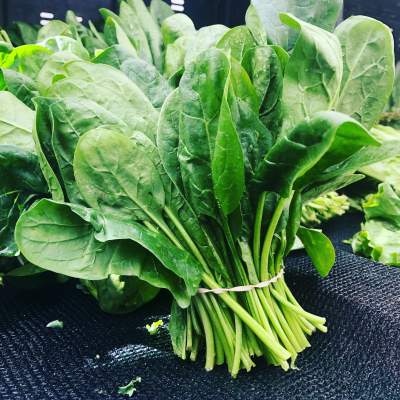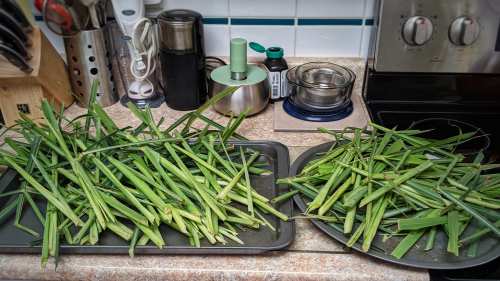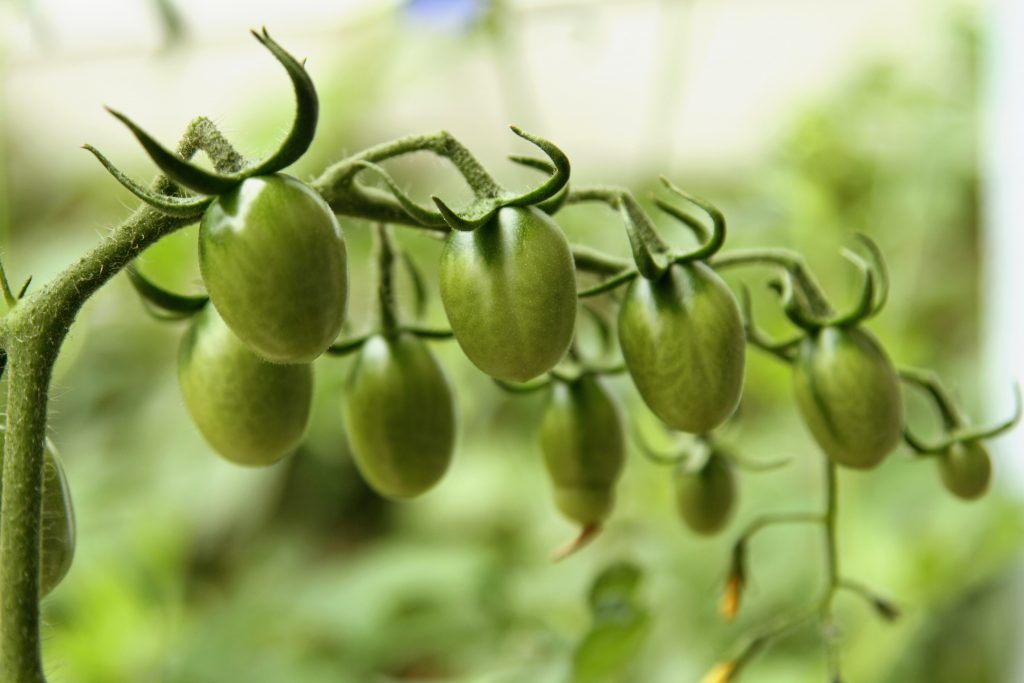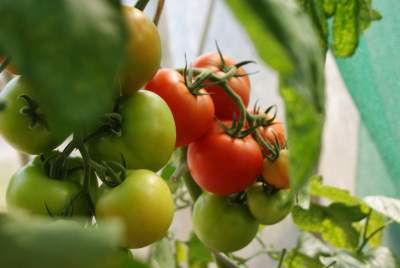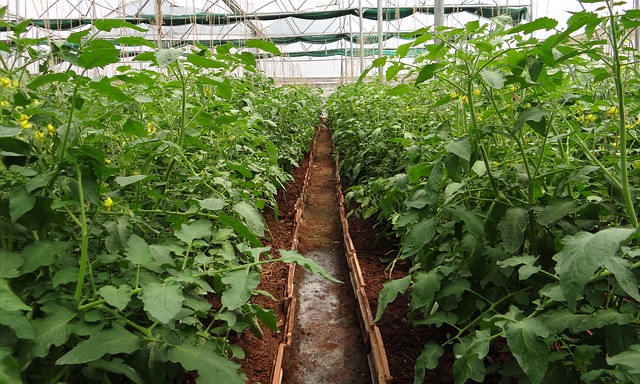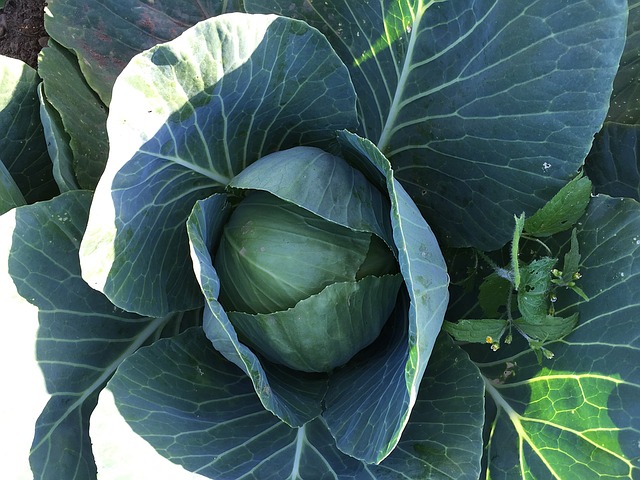As opposed to its counterparts, growing beetroots is believed to be one of the most complicated practices in the world of gardening. While there are a number of reasons for this, one cannot always be certain that the hard work they put in growing beets will reap perfectly.
One such indicator pops up when beets, defying the laws of gravity, start growing above the ground. This problem is not only prevalent with beetroots but can also be commonly seen in plants like radish and turnips.
When such an abnormal activity sets its course, one is bound to be confused. One explanation of the beets growing above ground is that it is part of a natural process that shows that your plants are fully grown and are ready to harvest. Other reasons might be soil texture and temperature inconsistencies, inadequate water, and light amongst many others.
If you are too confused about the inverse growth of your beets and want them to yield happy results, the following article is for you. Here we discuss in detail the reasons for this event and other troubleshooting solutions for your beets.
Why Are My Beets Growing above Ground?
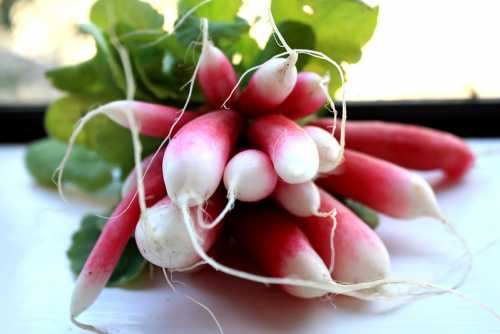
While it is true that beets require a little faith to grow, it is also true that if the right practices are followed, it is not that difficult to have a perfect beetroot produce that you can enjoy with your meals.
Beets growing above the ground can stem from different reasons, the most common of them being that it is ready to harvest. It comes as a huge sigh of relief for those who identify this as a natural process, but if the reason includes improper growing conditions, then you must act quickly or the plant can die.
Also Read: Why Are My Radishes Long and Thin?
Tough soil
One such example of improper growth condition is a soil that is extremely tough for the beets to breathe in. Soil that is filled with gravel and is tightly compacted doesn’t leave the beetroot seedlings with enough space to grow. Thus, they seek comfort by sprouting above the ground.
This is a problem because they cannot achieve the adequate nutrients required for growth above the ground, thus leading to sudden death of the plant.
To curb this situation, one should consider mulching and weeding the soil regularly. Make sure to prepare your bed well in advance before planting beets and not to step on that bedding as it can lead to a compacted soil.
The soil should be organically backed with enough compost, devoid of all the small rocks and gravel, and a well aerated texture that allows enough room for the beetroots to facilitate nutrient absorption.
Check this out: Is Chicken Manure Good for Tomato Plants?
Harvesting beets
If you feel that the soil in which you are growing your beets is solid enough and requires no moderation according to the requirements that we have listed above, this means it is finally time to harvest your beets and your plants are conveying you with the idea of the same.
Harvesting beets the right way is very important since it is the final stage before you can finally consume them and a lot of your hard work depends on whether or not you harvest your beets with the right technique.
Here are some quick, easy, and extremely useful tips to get the best out of harvesting your beets:
Usually, the month in which you harvest your beets depends a lot on when you started growing them. But, if you are a beet-lover and have been into the gardening business for a long time, then it will not come as a surprise to you that beets grow to their fullest potential in cold weather months. This makes the onset of spring the best season for beets to harvest.
If you have missed the early spring months, your next best bet would be to give a chance to the months of fall. Harvesting beets, or any other plant, in the right season helps you extract the best out of them.
Another important question that many beet gardeners have in mind is when is the right time to harvest it. One, is what we have been talking about all while long, that is, when they start growing above the ground. Generally, many people prefer to harvest beets when they are small (rough 2” in diameter), as opposed to when they are fully grown.
Small beets are sweeter in taste and offer the same health benefits as compared to fully grown grocery store beets. Beets can be enjoyed when harvested at any stage of growth.
However, if you are not a fan of the sweetness they offer, you can harvest the plant at about 4” in diameter. That’s when they have a neutral taste. Do not wait for the plant to grow bigger than this before harvesting, or you might end up with nothing to harvest.
Also Read: How Often to Water Cabbage?
Many people are confused between harvesting beetroots and beet greens and often end up making the wrong decision, either by harvesting one before the other or doing the jobs simultaneously. As long as the roots are concerned, you can harvest them in any order, either before or after the greens.
It is the beet greens that one has to take extra caution about. These delicate beet parts are the main source of energy for the roots. If you want to harvest them prior to the roots, do not take all the greens together. This can cause harm to the rest of your beet plant.
Instead, you can carefully prune and harvest one or two beet greens from each of your plants to maintain the constant flow of energy from the rest of the greens to the roots.
It is useful to harvest your beets only when you are ready to consume them. This is because if you harvest the roots and wash them only to keep them away in the corner of the kitchen, the excess moisture will cause the rotting of your prematurely harvested beet roots.
It will neither be safe to consume or just simply store for later use. Brush off the soil or excess dust of your roots immediately after you harvest them to avoid any further health problems after consumption.
With all the considerations carefully followed, it is difficult to engage in premature harvesting and pruning of the beet plants.
But, if at any stage you feel that you have engaged in the act a bit early, you can really not do much about it.
In fact, if it’s any consolation, it does not ruin your plant progress and you can still include them in your meals as it is.
Finally, after harvesting the beets successfully, it is important to store them right so that you can use them as and when required. The easiest way to do so is to place them in a vejibag and keep them refrigerated without exposing them to moisture. This goes well for about 4 weeks. Do not try to extend this stay or they will go bad.
Also Read: Why Are My Spinach Leaves Curling?
Conclusion
Now that we know what all can cause your generously grown beet plants to show an upward growth, we should also keep in mind that one should not forget the general practices that are key in taking care of a good produce in the future.
If you are facing issues with maintaining the health of your garden plants, checkout our other helpful articles to aid you in nurturing a beautiful backyard or house garden. Happy gardening!

